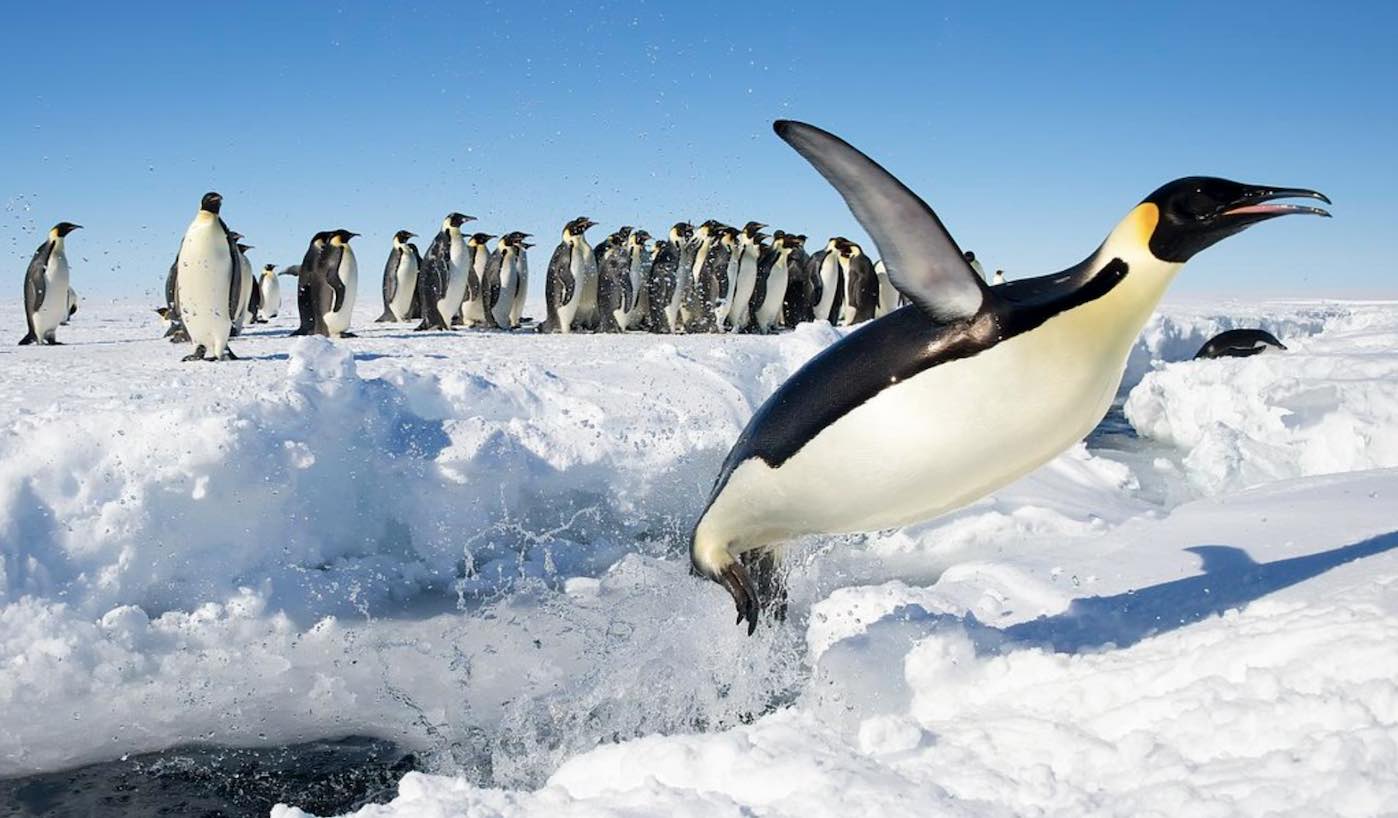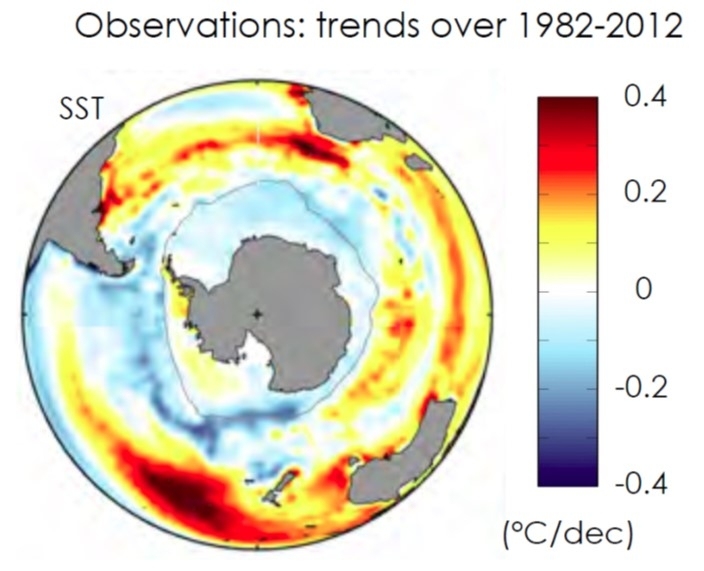Ever since our early schooling, we have learned that there are four major oceans. But, it’s time to unlearn it because the southern ocean is here. There are five oceans on earth.
Here are some important things you need to know about this new addition.
The making of the southern ocean

Scientists first recognized this new waterbody in 1937 as that surrounding Antarctica by the International Hydrographic Organisation (IHO). However, it lost its status after 15 years. Later, the US National Oceanographic and Atmospheric Administration (NOAA) recognized it as an ocean in 1999. The scientific community, however, made it official on June 8, 2021.
The southern ocean is also a fragile and unique ecosystem. Home to majestic Emperor penguins, humpback whales, Wendell seals, and many more.
“The Southern Ocean has long been recognized by scientists, but because there was never agreement internationally, we never officially recognized it,” said Alex Tait, a geographer from National Geographic for the magazine. “We’ve always labeled it, but we labeled it slightly differently. This change was taking the last step and saying we want to recognize it because of its ecological separation,” he added.
Are oceans connected?

Undoubtedly, they are. We define oceans by the continents that enclose them. Surprisingly, the southern ocean is an exception as we separate it by a current. According to scientists, the Antarctic Circumpolar Current (ACC) came to be about 34 million years ago when Antarctica and South America separated.
ACC flows to the easy from the west and forms a ‘northern boundary’ of the new ocean. The waters inside the ACC are less salty and much more cold compared to the northern waters. It also transports more water compared to other ocean currents. It forms a global circulation system known as a ‘conveyor belt’ that transports heat around Earth. Additionally, the dense and cold water sinks to the ocean floor to store carbon in the ocean floor.
“Rimmed by the formidably swift Antarctic Circumpolar Current, it is the only ocean to touch three others and to completely embrace a continent rather than being embraced by them,” said Sylvia Earle, a marine biologist, and National Geographic explorer.






